1,000 for 1: Why It’s Worth It
10/19/2011 11:57:13 AM
As a parent I thought I had some insight into why Israel agreed to the terms of Gilad Shalit’s release: 1,000 Palestinians freed from jail, hundreds of them with blood on their hands, for his freedom. I thought to myself, “I would do anything to get my child back, anything!” But then I read some of the remarks of the parents and other family members whose loved ones were murdered by some of the Palestinians being released and I realized that the love of a parent for his/her child cuts both ways here; there is has to be more, and of course there is.
The only way to understand why Israel accepted the terms of Gilad Shalit’s release, something no other government on the planet, including ours, would do, requires an understanding of Jewish ethics as well as Jewish history.
“To save a life is to save the world” (Talmud, Sanhedrin 37A). At the pinnacle of the Jewish ethical pyramid is the preservation of life. Pekuakh Nefesh, saving life, trumps all the other commandments, including negative ones like not violating the Sabbath, not eating pork, etc. “L’chayim”, “To Life,” is not just a rousing toast in Jewish life; it reflects a basic and essential value of our tradition: the preservation of life.
Another related value is the Redemption of Captives, Pidyon Shvuyim. The Talmud refers to Pidyon Shvuyim as a “great commandment” suggesting that captivity is worse than starvation and death. The renowned medieval rabbi, philosopher and physician, Maimonides, ruled that one who ignores ransoming a captive is guilty of transgressing commandments such as “you shall not harden your heart;” “you shall not stand idly by the blood of your brother;” and “you shall love your neighbor as yourself.” Additionally, one who delays in ransoming a captive is considered like a murderer!
Combine the high value for saving/preserving life and our history of vulnerability: it’s no wonder that the need to redeem captives has been present almost from the beginning. In fact, “anyone who surveys the topic of redeeming captives historically is struck by the fact that many thousands of Jews were captured and held for ransom throughout Jewish history and that Jewish communities went to extraordinary lengths to redeem captives.”(www.jewishvirtuallibrary.org/jsource/Judaism/captives.html)
The Mishnah, the first layer of the Talmud, does offer limits to what extent one should go to redeem someone, and there are those who argue that the recent agreement goes beyond what Jewish law would allow. Nevertheless, our history and the tradition around redeeming captives help explain why the state of Israel would make a decision that, at least on the surface, does not reflect what would be in the state of Israel’s best interest; like so much in Israel, without the knowledge of our history and hierarchy of values, you only understand a part of the story.
Finally, there is one more value that for me reflects the very best of Israeli society, and that is the sense of mutual responsibility: “all for one and one for all,” or as the Talmud says, kol yisrael arevim zeh ba zeh, “all Israel is responsible one to another.” (Shevuot 39b)
As Ethan Bronner writes in this past Sunday’s New York Times, “Israel’s main asset in human and security terms is the sense of mutual responsibility that its citizens and soldiers feel towards one another… Shalit has become a symbol of mutual responsibility. And therefore his upcoming release will not only be the redemption of a captive and the saving of the life and the return home of a son. Shalit’s release will be the realization of Israeli solidarity.”
Burakh hah bah, welcome home, Gilad. Your return has been a long time coming; I hope it is not too late for you or for us.

